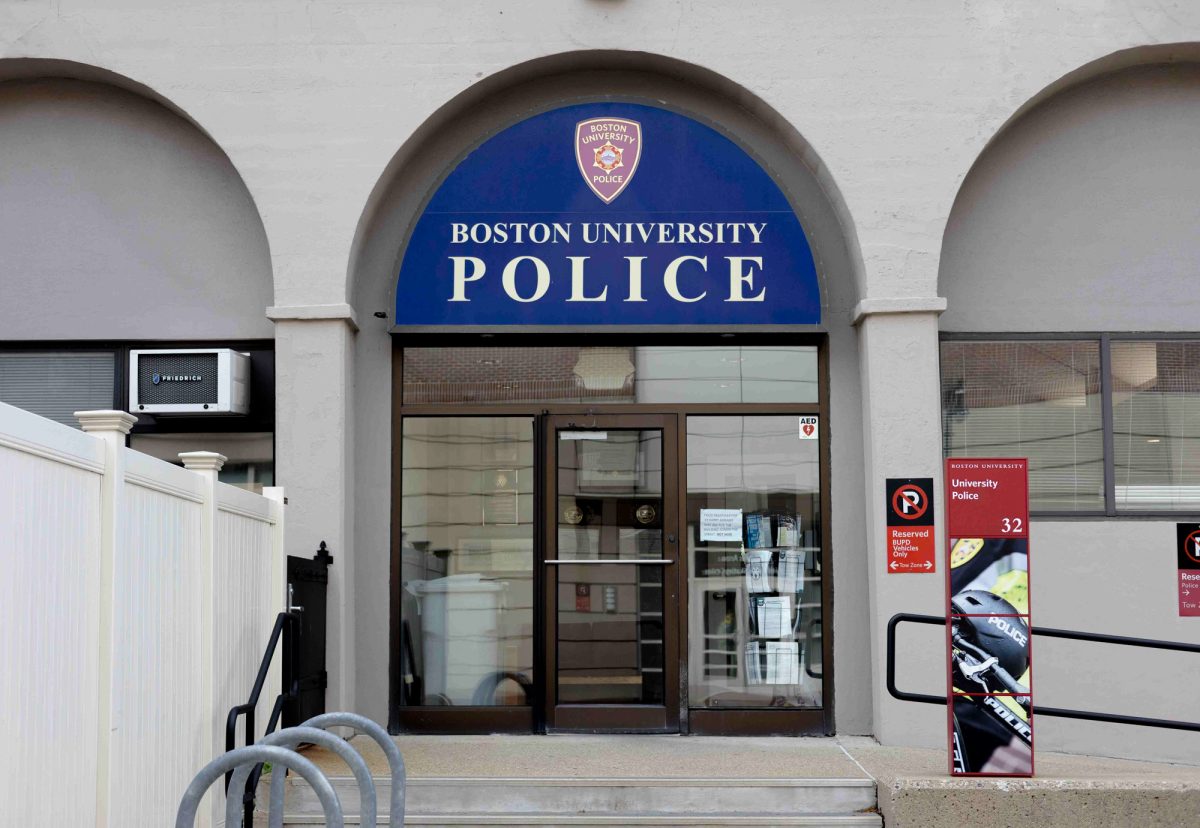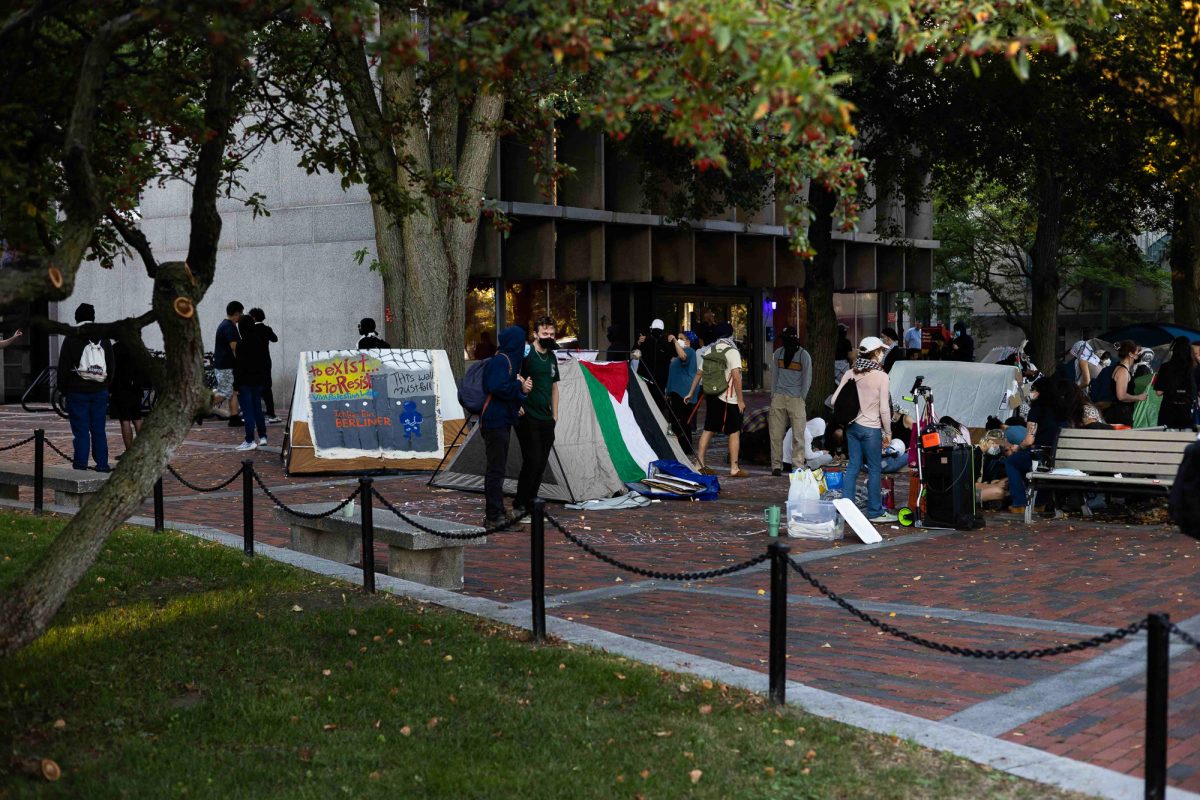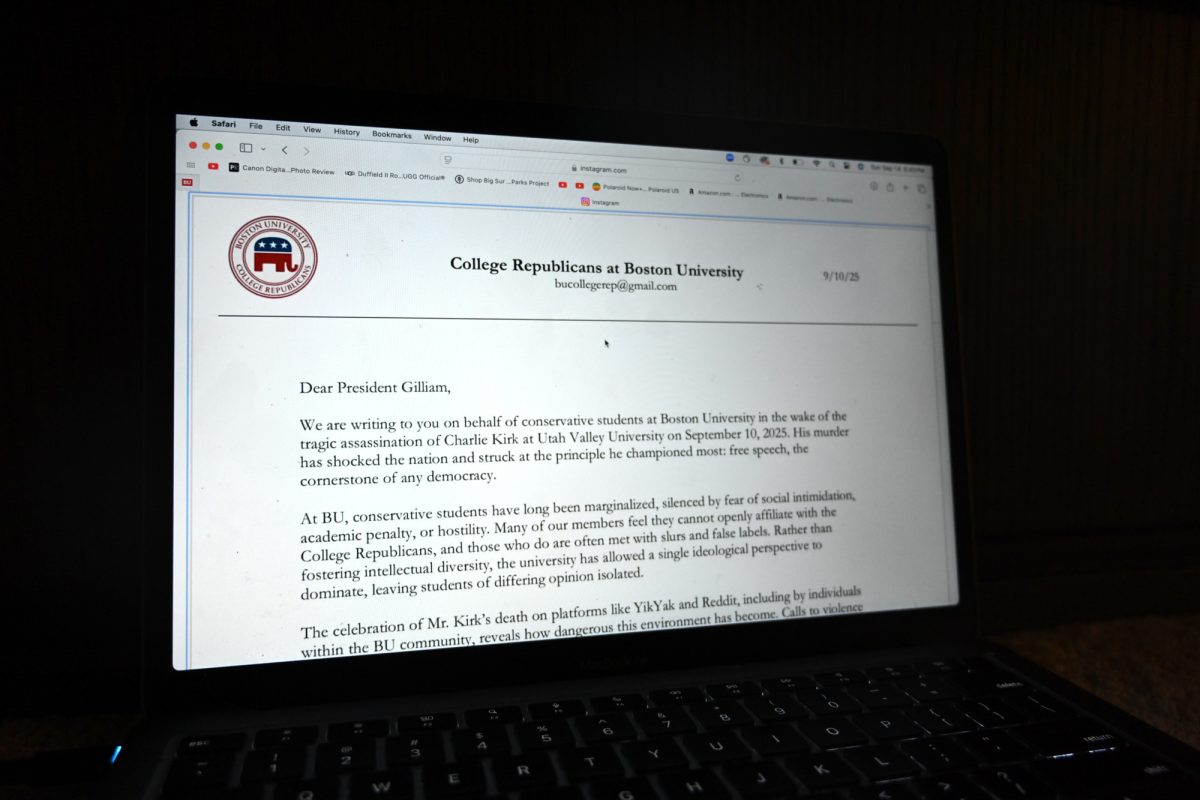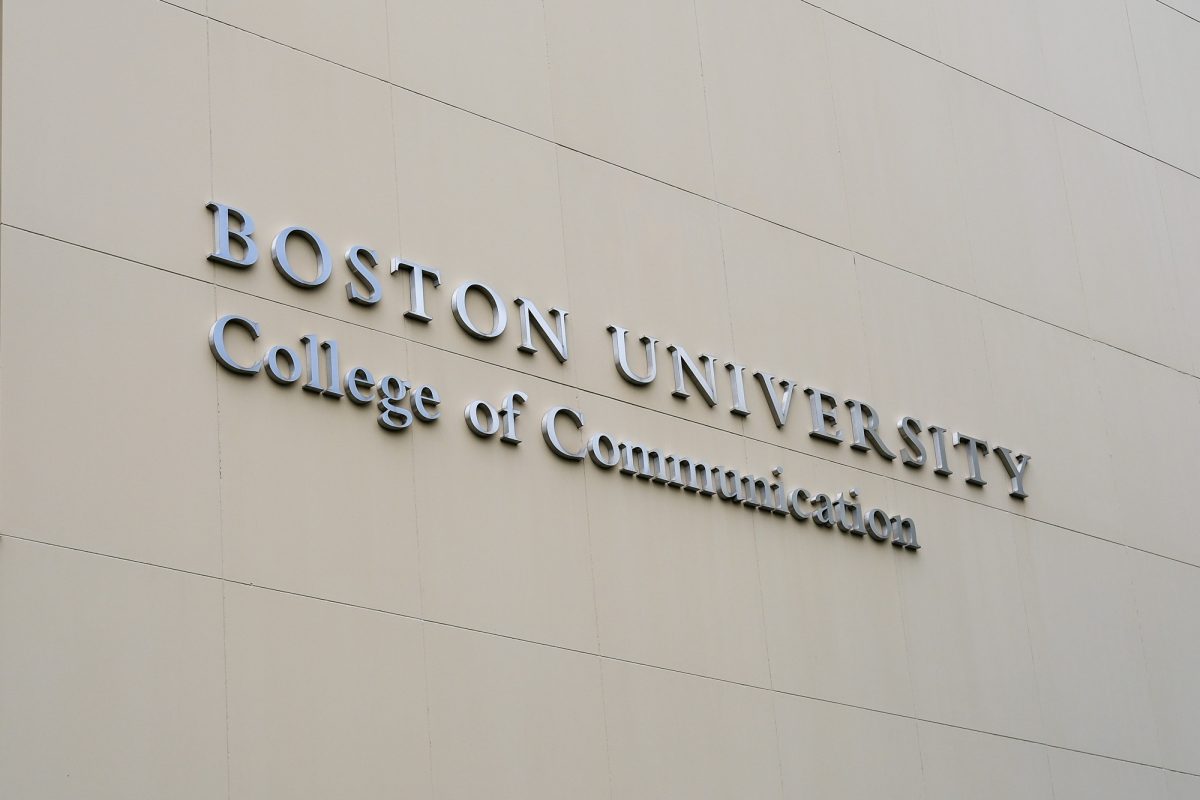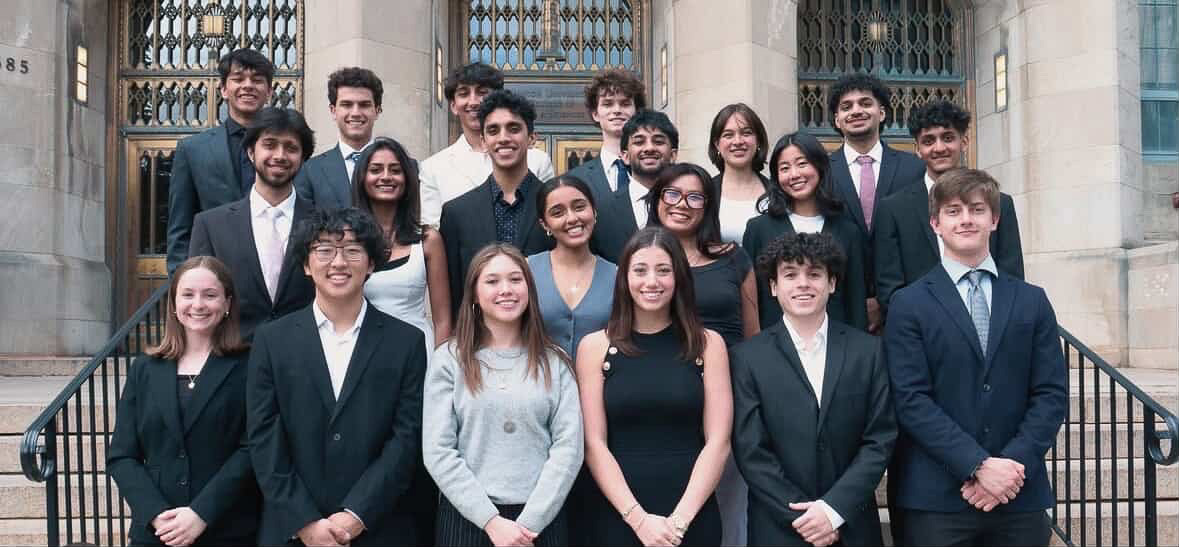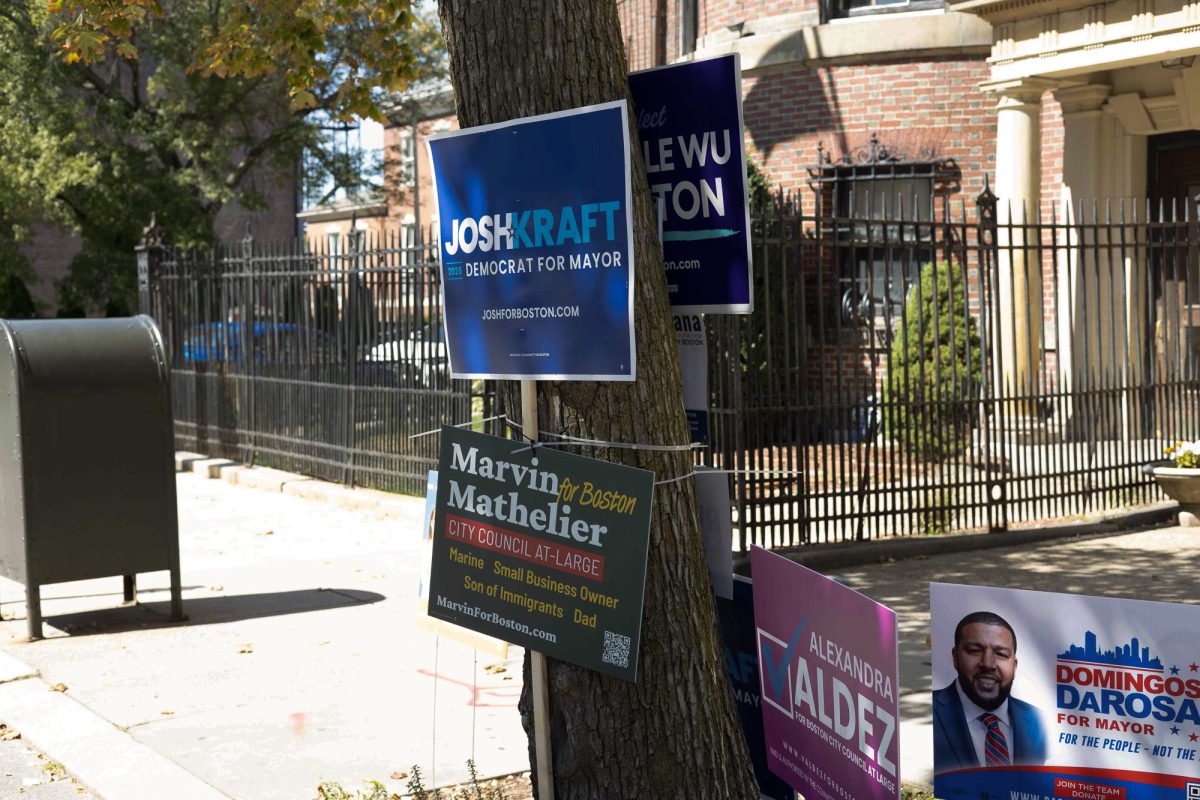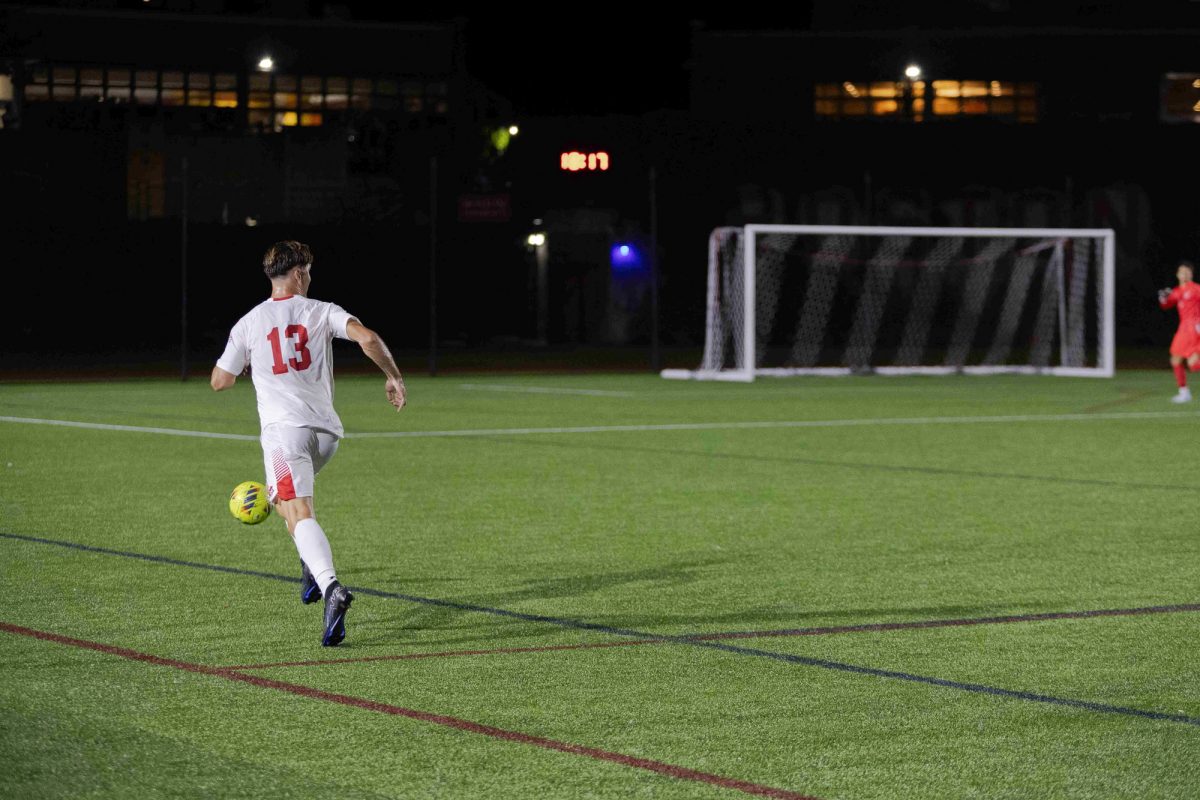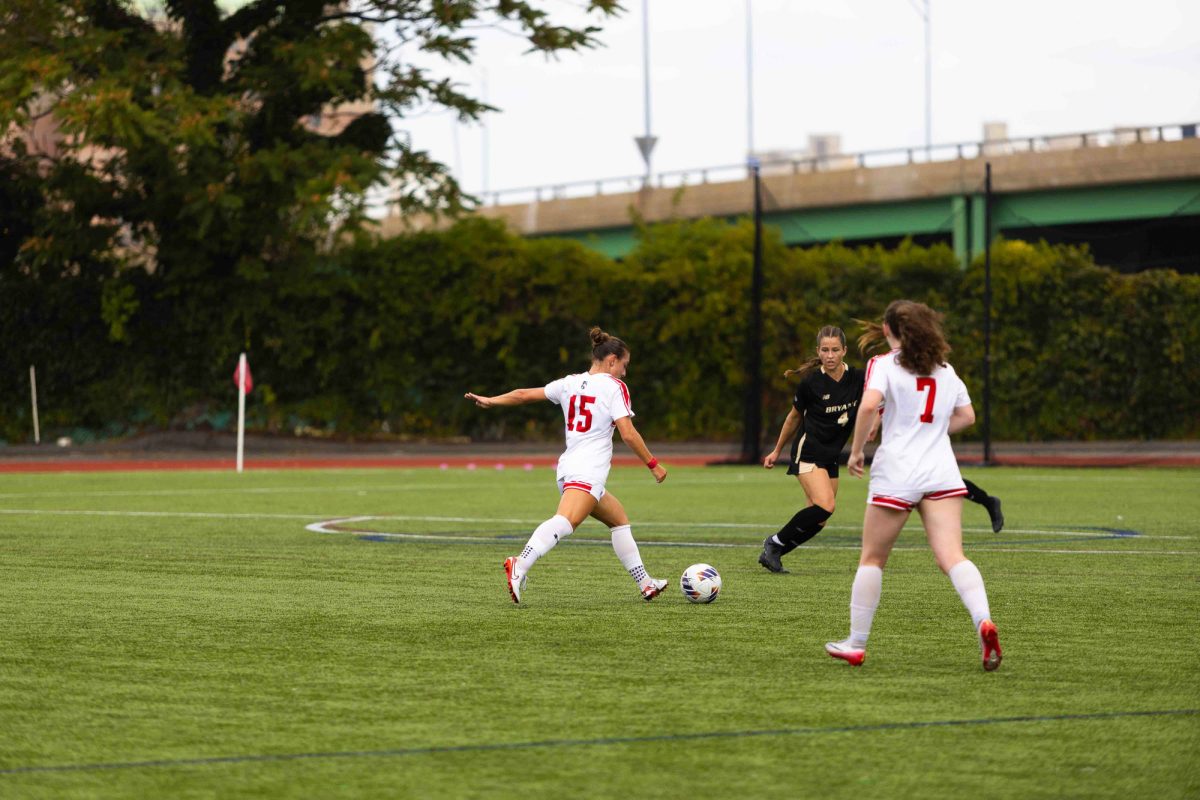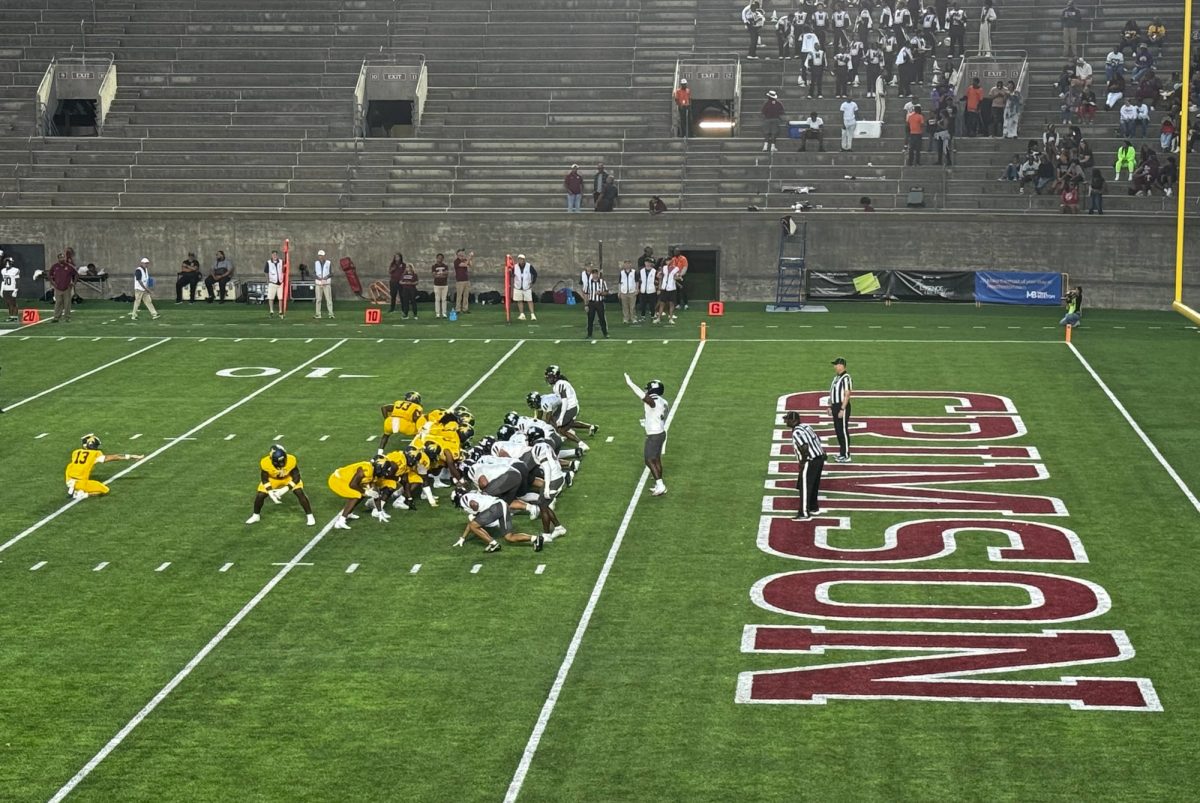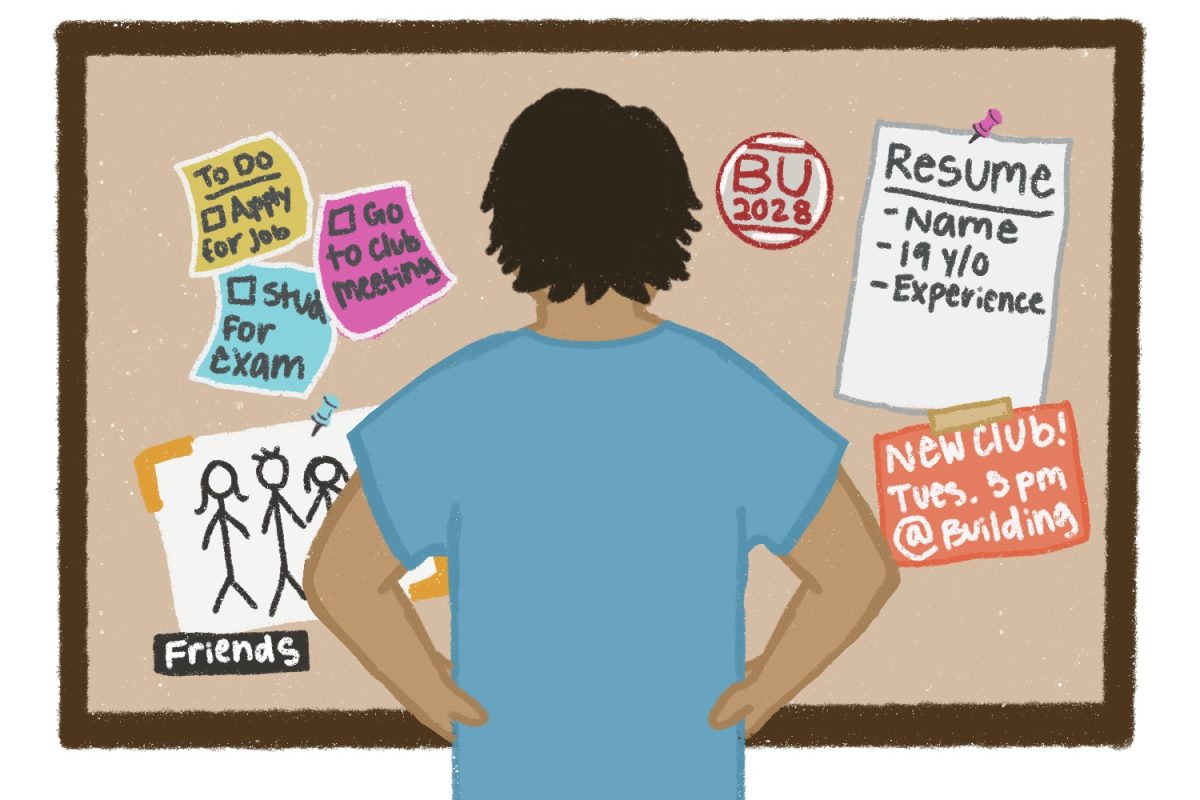Boston University implemented new Terrier cards for students who plan to use dining plans or convenience points in the 2012–13 academic year, officials said.
Executive Director of Housing and Dining Marc Robillard said the new Terrier cards were designed to create a more secure policy for students, specifically in financial transactions.
“[BU] is concerned about what information we are responsible to protect,” Robillard said. “In discussions, questions came up about convenience and dining points. Are those not financial accounts? [It is] important to be on the safe side.”
Robillard said one reason the cards are being updated is to be more in compliance with the legislation Standards for the Protection of Personal Information of Residents of the Commonwealth, a Massachusetts law about security for state residents.
“Every person [who] owns or licenses personal information about a resident of the Commonwealth shall develop, implement and maintain a comprehensive information security program that … contains administrative, technical and physical safeguards,” according to the law.
BU spokesman Colin Riley said it was best to separate the financial transactions from that number, as BU ID numbers previously linked records of students’ financial transactions and personal information.
“[We] don’t want personal information accompanying transactions,” Riley said. “[We want] the best possible systems in place.”
The new terrier card is a contactless, “tap-and-go” card that can be used in dining halls, food courts, City Convenience and Campus Convenience stores, vending machines, laundry rooms and the Barnes and Noble on campus.
Robillard said the pre-printed smart cards will have coded numbers printed on the back that will record financial transactions to a firewall-protected system.
Students will still use their BU ID numbers printed on the front of the cards for building access, classes and university information. The new cards will contain the same magnetic strip used in the old cards for swiping in to dorms and buildings on campus.
College of Communication sophomore Dylan Manley said he had problems with the magnetic strip wearing out in the past, and he hopes the new cards will hold out longer.
“It slowly stopped working all the time and one night it wouldn’t let me into Warren,” Manley said. “Hopefully since we’re slowly going to stop using the stripe so much, it won’t get worn out.”
When students pick up their pre-printed cards, they will have their fingerprint scanned and the algorithm stored onto the card, according to the BU Terrier Card website.
Students will then tap into a turnstile and scan their fingerprint to gain access to a dining hall.
The tap-and-go automatically deducts a meal from a student’s dining plan, while the fingerprint reader adds an additional level of financial transaction security, according to the website.
“I don’t think the fingerprint system has any negative effects,” said College of Arts and Sciences junior Melissa Yee. “It’s easy to memorize or fabricate an ID number, but you can’t fabricate someone’s fingerprints.”
Robillard said the fingerprints will not be stored on a university database or any other place besides the smart card.
College of Engineering junior Josh Navon said he sees some problems with the way the fingerprint algorithm will be matched to the smart cards and how effective they will be.
“The magnetic bar readers are already buggy enough, but what happens when you add fingerprint scanners?” Navon said. “I’ve never seen a fingerprint scanner that works exceptionally well, and I can’t imagine that it would do well considering that hundreds of students will have to touch their finger to it daily.”

